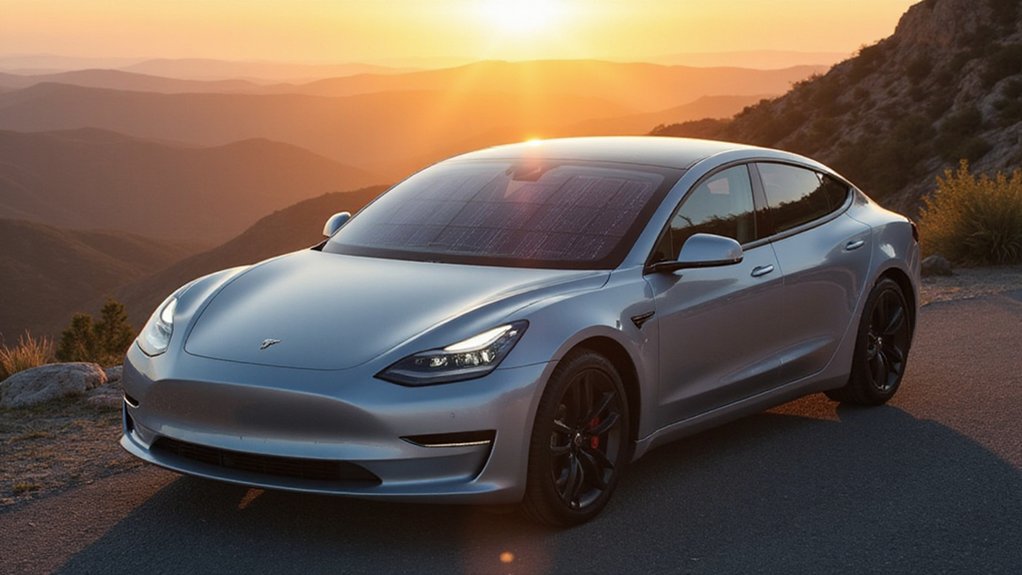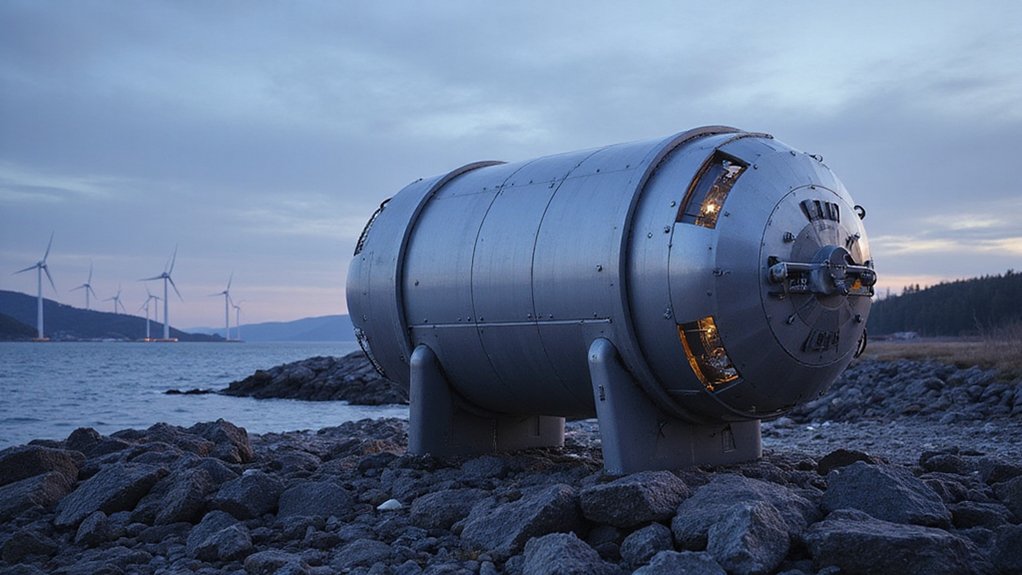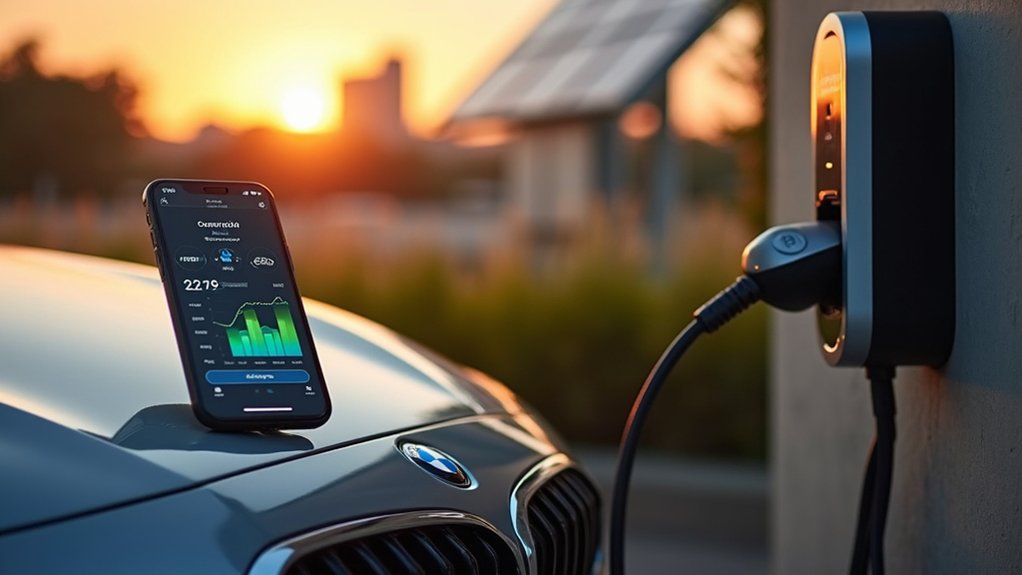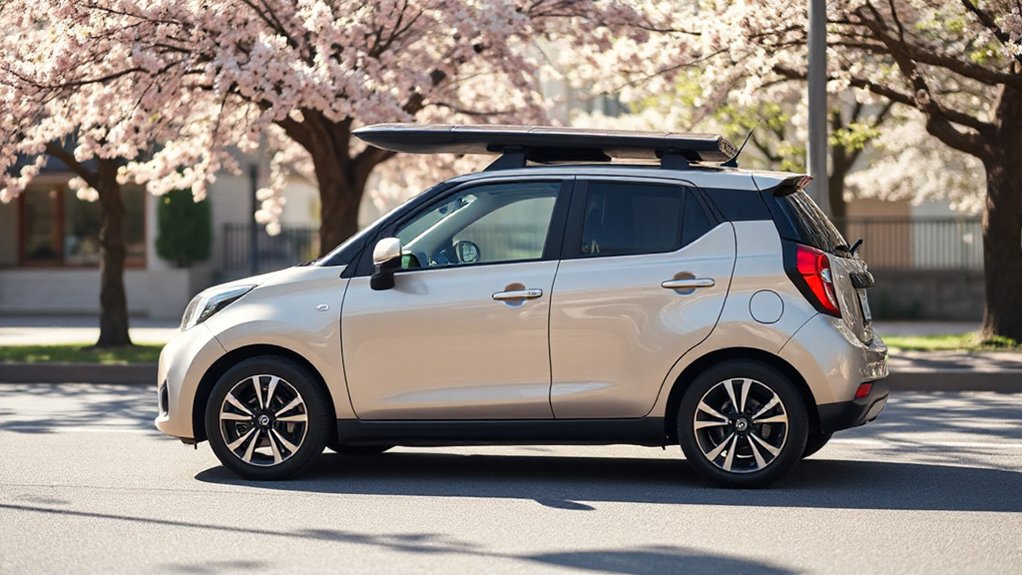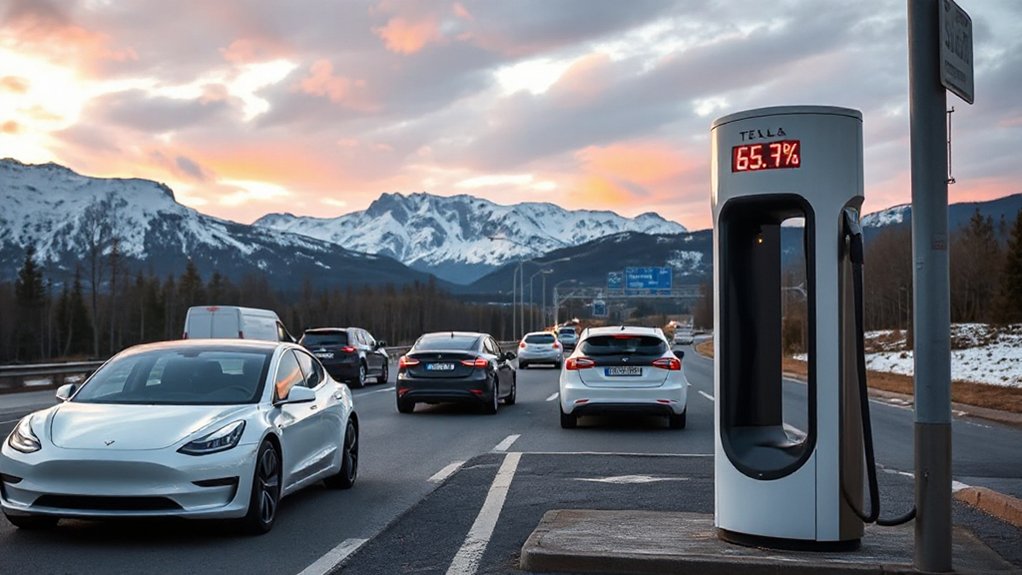Solar panels are moving beyond home rooftops and into the automotive world as car manufacturers embrace new technology that turns vehicle roofs into mini power plants. AGC Automotive has announced a panorama-style solar roof ready for mass production starting in 2025. This breakthrough uses back contact solar cells that achieve at least 25% efficiency.
Unlike previous attempts at solar car roofs, which rarely made it to production, AGC’s vehicle-integrated photovoltaic (VIPV) technology is designed for large-scale manufacturing. The system uses glass-glass construction with a dark interlayer that blends seamlessly with modern vehicle designs.
AGC’s VIPV technology breaks the solar roof barrier with production-ready designs that blend perfectly with today’s sleek vehicle aesthetics.
The new solar roofs work better in hot weather thanks to back contact cell technology, which avoids front side shading and improves temperature performance. This means more power even on hot days. The technology also allows for full-black solar roofs that match the tinted glass look popular in today’s cars.
Several automakers have already shown what solar roofs can do. The Fisker Ocean can gain up to 1,500 miles of emission-free driving per year from its solar roof. The Hyundai Sonata Hybrid offers about 2.5 miles of solar range daily, adding up to nearly 1,000 miles annually. The Lightyear 0 claims up to 43 miles per day in perfect conditions.
Recent innovations include perovskite/silicon tandem cells that reach 26% efficiency, with goals of exceeding 30% by 2030. There are even new invisible, flexible, and colored solar cells called MorphoColor that lose less than 7% efficiency compared to traditional panels. While these solar installations don’t match the high efficiency ratings of geothermal systems that can reach 300-500%, they offer a practical mobile energy solution.
The U.S. solar industry is growing rapidly, with 31 gigawatts of new projects announced for 2025. The Inflation Reduction Act has significantly accelerated this growth with clean energy manufacturing investments reaching $115 billion since its enactment in 2022. Beyond driving range, these solar roofs can power vehicle accessories like air conditioning, making cars more energy-efficient overall. The innovative design provides up to 30 mm more headroom compared to traditional sunroofs while maintaining a sleek appearance.
References
- https://www.pv-magazine.com/2025/08/21/agc-automotives-solar-roof-for-passenger-cars-is-ready-for-mass-production/
- https://www.cleaninvestmentmonitor.org/reports/us-clean-energy-supply-chains-2025
- https://www.iaa-mobility.com/en/newsroom/news/cars/new-solar-cells-for-the-car-roof
- https://www.consumeraffairs.com/solar-energy/solar-panel-cars.html
- https://www.youtube.com/watch?v=ilL_QSNWYLo
